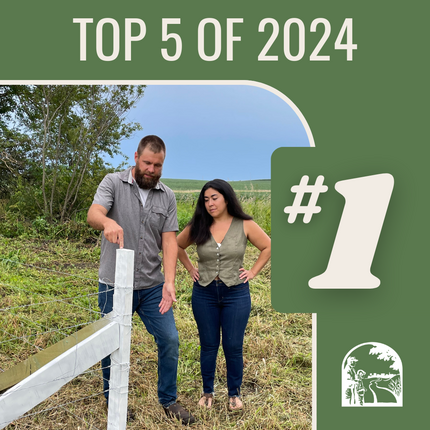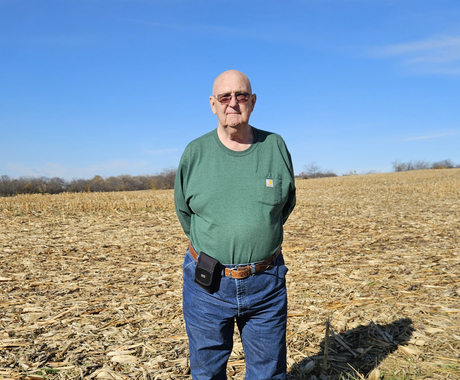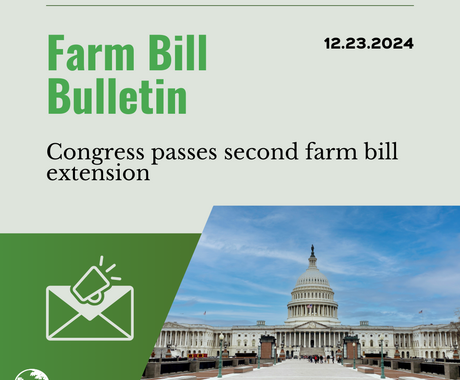The last day of 2024 is here. We present our most viewed blog post of the year, where we highlight Greg Birkhofer, an Iowan with a passion for conservation. He has figured out a way to recycle wind turbine blades into fence posts. This was written by Tod Bowman and was posted in December.
If you missed any of the top 5 blogs of 2024 you can click to read them here: #2 Couple brings business back to life, caters to community’s needs, #3: Small Business Series: Understanding sales tax in Nebraska, #4: Center for Rural Affairs awarded $62 million to transform solar energy in Nebraska, and #5 Staff spotlight: Jessica Cabán is committed to building futures for rural development.
These stories are just a sample of what we've done this year. Thank you for reading our blog in 2024. We look forward to writing for you and working for rural America during the next year and beyond.
Wind turbine blades play a crucial part in clean energy generation, but their disposal poses a growing challenge. Luckily, innovative solutions provide new ways to keep them out of landfills.
As the wind industry grows, there is an increasing need for replacement of older wind turbine blades with larger, more efficient ones. With a lifespan of approximately 25 years, the sheer number of blades and other components that will eventually need to be decommissioned will strain current repurposing and recycling capabilities, leading to increased landfill waste if new solutions are not developed.
To address the challenge, developers and rural communities have explored various recycling initiatives. One approach, mechanical recycling, typically uses a shredding facility to break down turbine parts. Companies, like REGEN Fiber in Iowa, use the resulting product to create construction materials such as concrete by mixing fiberglass with rock or plastic.
Greg Birkhofer, an Iowan with a passion for conservation, has taken blade recycling a step further by repurposing the most challenging section—the eight-foot base—into fence posts for agricultural use.
According to Greg, the recycled posts are stronger and more durable than traditional fence posts, and they are fully insulated. His innovation eliminates the need for constant maintenance, including replacing insulators.
If they can be mass produced, Greg believes the blades will prove less expensive than current fencing materials. His vision extends beyond fence posts alone; he believes recycled blades have the potential to be used for a wider range of products, such as dock posts.
Pioneers like Greg lead the way in finding new life for decommissioned wind turbine blades. Distinctive vision and creativity will be crucial in shaping the future of wind energy and responsible waste management.





